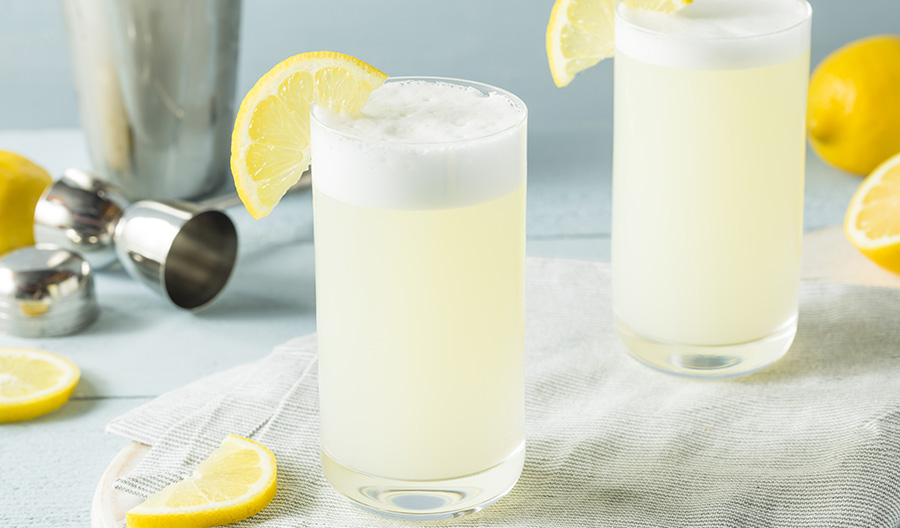The history certainly helps explain the two dominant styles that have emerged in the last decade: a malty, viscous Old Tom gin with a likeness to early-19th-century Dutch gins and a more botanic version sweetened like those that came later in England. Don’t be fooled: There’s as much variation in how Old Tom gin is made now, from sugar levels to the aging process, as there was 200 years ago.
History Repeats Itself
All of a sudden, a lot of people are making Old Toms.
In 2006 a master distiller in Oregon put together a formula for the now-beloved Old Tom gin, based heavily on the earlier styles of the spirit. Many of his cues came from old distillers’ books and studies of the spirit, one of which, subjected 12 different brands of Old Tom–style London gin to chemical analysis. Proof and sugar levels were all over the map in both cases.
In the end, he decided to make an earlier, maltier style of Old Tom gin, using a base of malted grain distillate blended with neutral spirit and aged for three to six months in French oak barrels with no added sugar. Malty gins provide a crossover for whiskey drinkers to appreciate gin. What we think of as traditional dry gins are essentially flavored vodka. Malt-based gins are more like a flavored whiskey.

Other distilleries, however, don’t rely on historical accounts and take a more traditional English approach to the gin. One London distillery continues to use the same recipe as when their family first started making Old Tom gin in the 1860s. They firmly believes the gin should not be aged. They feel that the Old Tom category has become a little bit confused and that there’s the perception that Old Tom gin should be aged for a period of time. It has never had an age statement, and there’s never been a legal requirement to age gin.
How to Drink It
Many of the drinks Jerry Thomas included in his classic book, “Bartenders Guide: How to Mix Drinks,” call for Old Tom gin. The problem is that no one knows exactly what the Old Tom that Thomas used tasted like. Try one of Thomas’ recipes with three different Old Tom gins now, and you’re likely to get three very different cocktails. Talk about a blessing and a curse.
As a basic guide, try using the lighter styles in cocktails like the classic Martinez and Ramos Gin Fizz, which gives a “leaner but elegant” effect.
Experiment with using the maltier, more robust Old Toms in gin punch, an Old Fashioned or a Tom Collins. It’s rich enough that you can do simple things with it.

